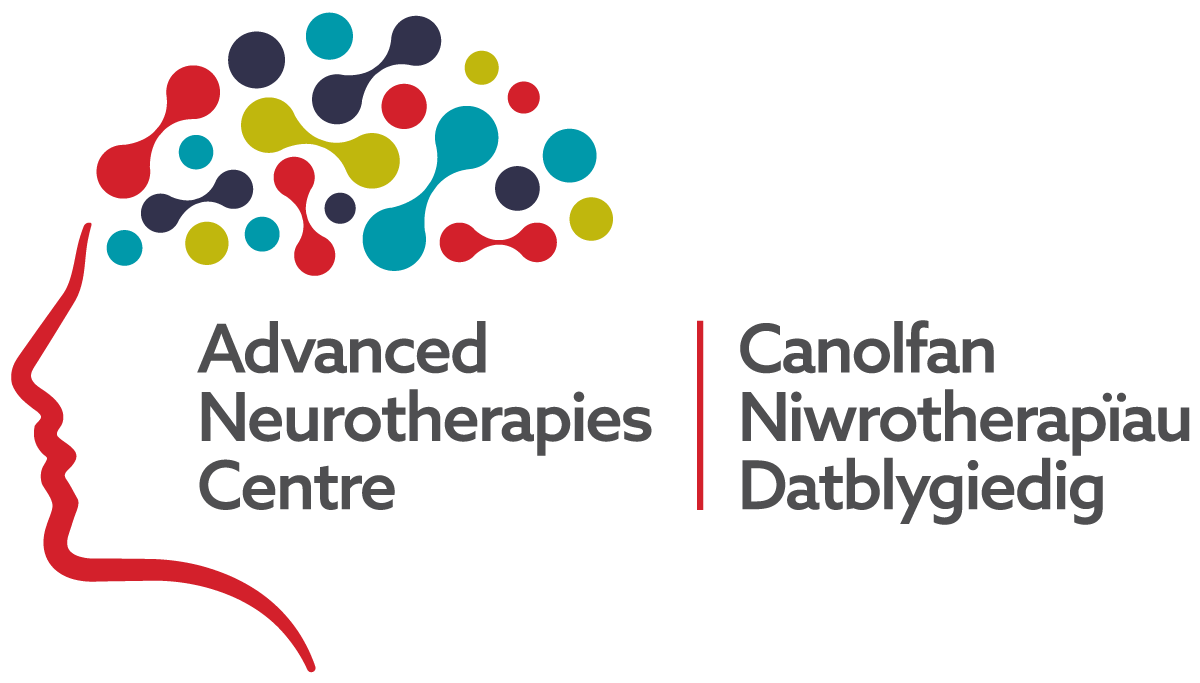In the spotlight: Epilepsy research update
As people around the world mark Purple Day to raise awareness of epilepsy, we took a moment to catch up with our experts who are working to better understand the condition as well as researching new treatments.
Over 600,000 people in the UK have epilepsy.
Epilepsy is a common and serious neurological condition that affects the brain and nervous system. Seizures always start in the brain and are caused by many different underlying causes, including a person’s genetics, a structural change in the brain or from other underlying conditions.
Seeing inside – mapping epileptic activity
Seizures continue in around a third of patients with epilepsy despite the best available medication; in some, epilepsy surgery can stop seizures if brain areas causing seizures can be found.
Current brain scans aren’t always able to do this, meaning patients miss out on possible life-changing treatment.
In March 2020, Dr Khalid Hamandi, Cardiff & Vale UHB and Neuroscience Research Unit Lead within the BRAIN Unit, was awarded £165,000 by Epilepsy Research UK to undertake research entitled: Seeing inside: non-invasive brain mapping of epileptic activity (SINIMA)
Dr Hamandi explained: “We would like to investigate further the use of two advanced brain scanning methods, magnetoencephalography (MEG), and functional MRI (fMRI).”
Both these methods can identify abnormal brain areas causing seizures, but more research is needed. This project will use the latest technological advances, with very powerful 7T-MRI, and MEG, and new analysis methods.
“We will scan 30 patients who are due to undergo a special type of EEG (stereo-EEG) as part of their standard care, where electrodes are surgically placed into the brain to pinpoint where seizures come from.
The results of the scans will be compared – where they don’t need to ‘enter the brain’ and are considered non-invasive – with the results from the invasive stereo-EEG.
“We hope the results will show better and safer methods to locate epileptic brain areas that could be tested in future larger clinical trials. We expect the results to be applicable to patients in three to five years’ time.”
Visit Epilepsy Research UK to read more about pinpointing the source of seizures and non-invasive brain mapping of epileptic activity.
Understanding the relationship between seizures and signal pathways in the brain
Mr Dmitri Shastin is a Wellcome Trust-funded GW4 Clinical Academic Training fellow with a particular interest in neuroimaging and epilepsy.
His research is aimed at uncovering the relationship between seizure activity in patients with epilepsy and the pathways that transfer signals from one part of the brain to another.
Dr Shashtin said: “To do this, I am recruiting 20 patients with epilepsy caused by a type of lesion called focal cortical dysplasia.
“Using tools (MEG) to non-invasively record abnormal brain rhythms I will create simulations of seizure activity spreading through the brain.”

Dr Shashtin will use MRI scans to non-invasively map brain activity.
He will then examine how this activity is affected by variations in tissue properties measured with state-of-the-art MRI scans obtained from the same patients. His approach is further enhanced by a detailed study of the shorter pathways which may have a particular role to play but which do not often get studied enough.
“By teasing out which tissue properties have a greater role in seizures, we are hoping to better understand the mechanisms that drive epilepsy while at the same time identifying novel therapeutic strategies.”
Hope for people living with temporal lobe epilepsy
Mesial temporal lobe epilepsy (mTLE) is a common type of focal epilepsy, which primarily affects the hippocampus, a structure in the brain that plays key roles in the complex processes of learning, memory and emotion.
People affected by mTLE often suffer significant learning impairment and loss of memory, yet the underlying mechanisms involved are not understood and no effective treatment/preventative measures are currently available.
There is normally a constant generation of new nerves (neurogenesis) in the hippocampus throughout life, which is important for learning and memory; however, this is significantly reduced in mTLE and might explain, at least in part, the learning and memory problems frequently seen.
Dr Malik Zaben has been working with colleagues under the supervision of Professor William Gray, at Cardiff University on Developing targeted pharmaceutical strategies for restoring hippocampal learning in temporal lobe epilepsy.
With infrastructural funding from Health and Care Research Wales supporting the use of human brain tissue removed during neurosurgical operations, Dr Zaben and colleagues have used cultures of human epileptic brain tissue to identify inflammatory pathways that reduce neurogenesis in the adult human epileptic brain.
Dr Zaben explained: “Our work has shown that the pro-inflammatory cytokines HMGB1 and IL-1beta inhibit neurogenesis in hippocampal tissue generated from patients with mTLE.”
Critically, they have shown that blockage of these cytokines restores neurogenesis back to normal.
These findings are promising, as they identify key inflammatory receptors for developing specific drugs to target them, rather than less specific drugs that have many side-effects.
“Our group has previously shown that increasing neurogenesis using an antidepressant completely reversed learning deficits in animal models of chronic epilepsy, showing proof of concept that reduced neurogenesis is a cause of learning impairment.
“Our future work will focus on the assessment of the efficacy of these drugs in restoring learning in animal models.
“If this is successful, we will take this concept to clinical (human) trials. This could potentially have an enormous impact on the quality of life of people with temporal lobe epilepsy.”
Get involved
At BRAIN we believe that active involvement from members of the public leads to research that is more relevant, more reliable and more likely to be used to improve health and social care services. If you are interested in playing a role in shaping our work, you can become a member of our BRAIN Involve community.
- Read more about BRAIN Involve




